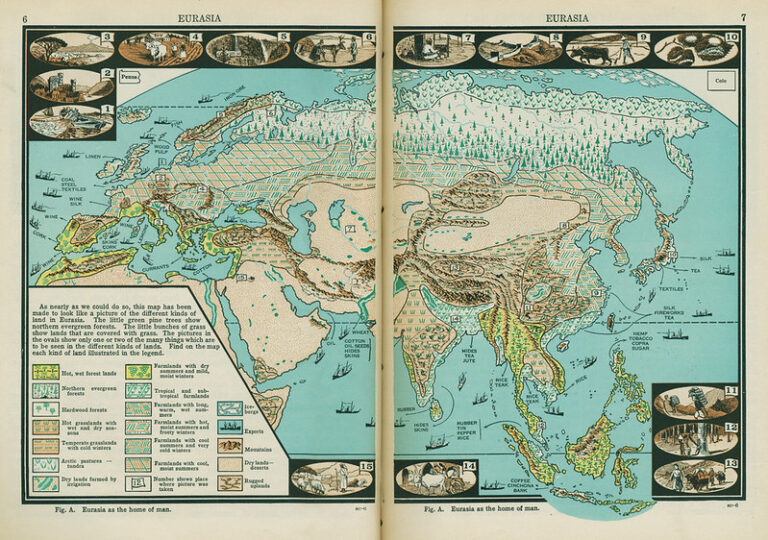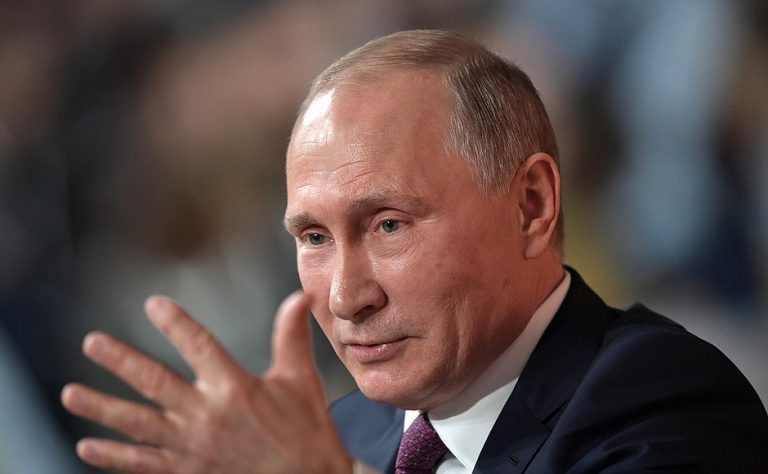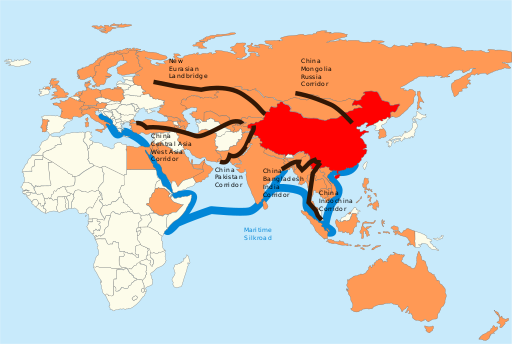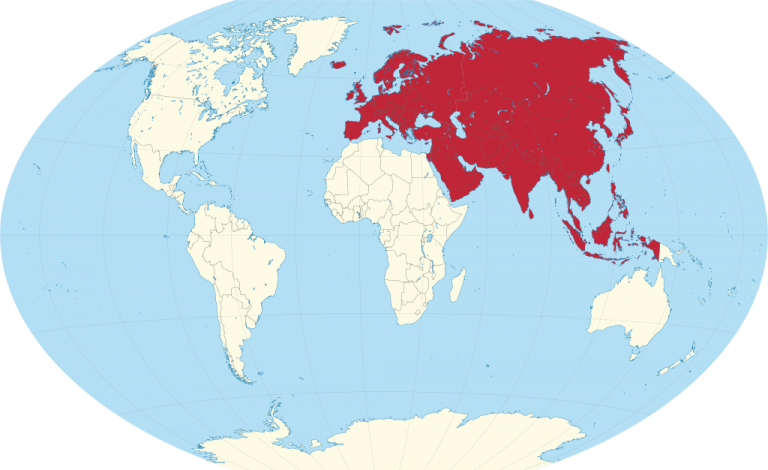
- Emil Avdaliani
- May 21, 2020
- Paper No. 1575
Geopolitical trends of the last two decades show that pivotal states in Eurasia are working to recreate their zones of influence. In so doing, they are challenging the US, which implies a corresponding challenge to the existing world order. Though Washington will be able to limit some powers’ ambitions, it has few tools with which to hamper the ambitions of Russia, China, and Iran.




